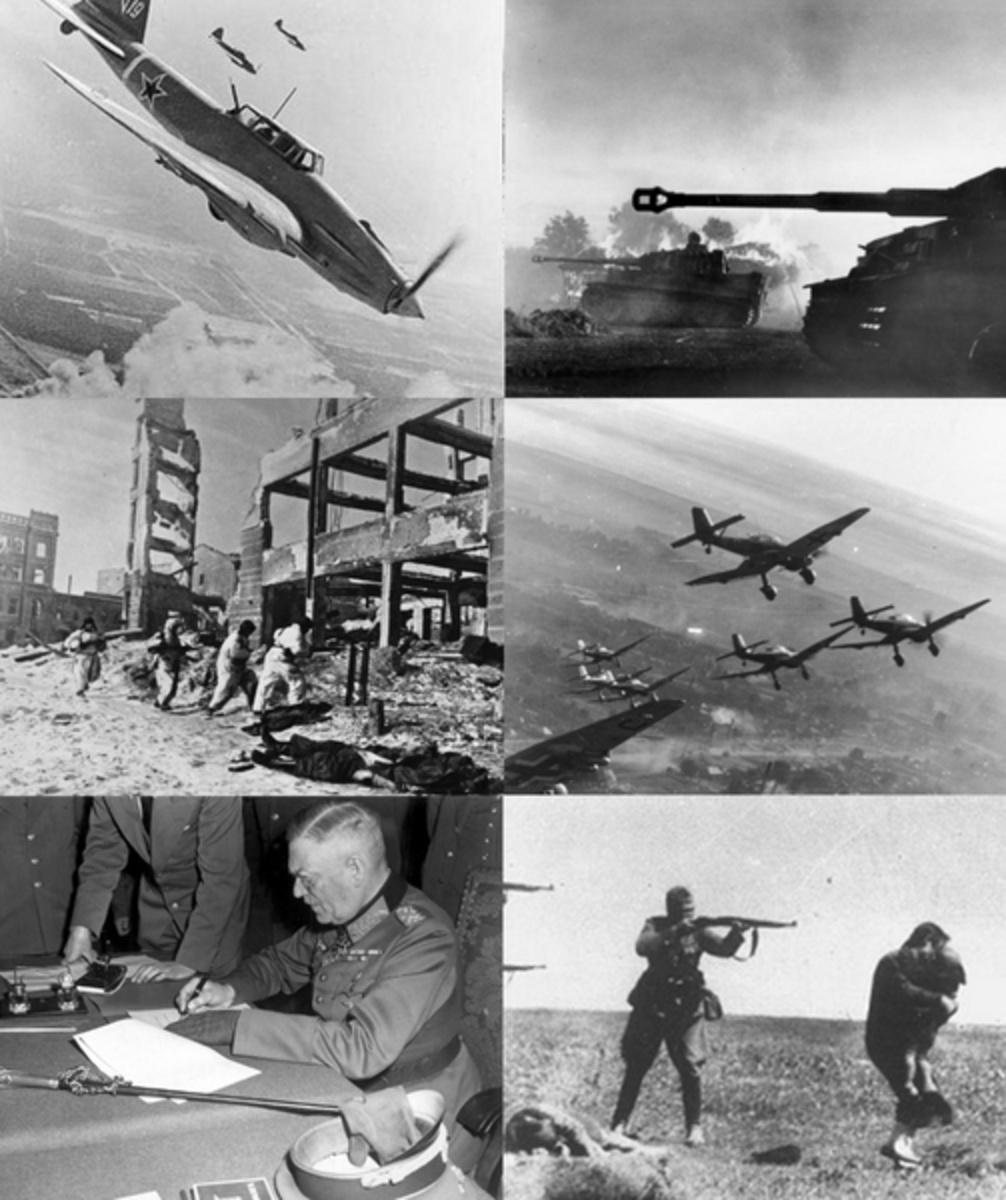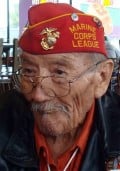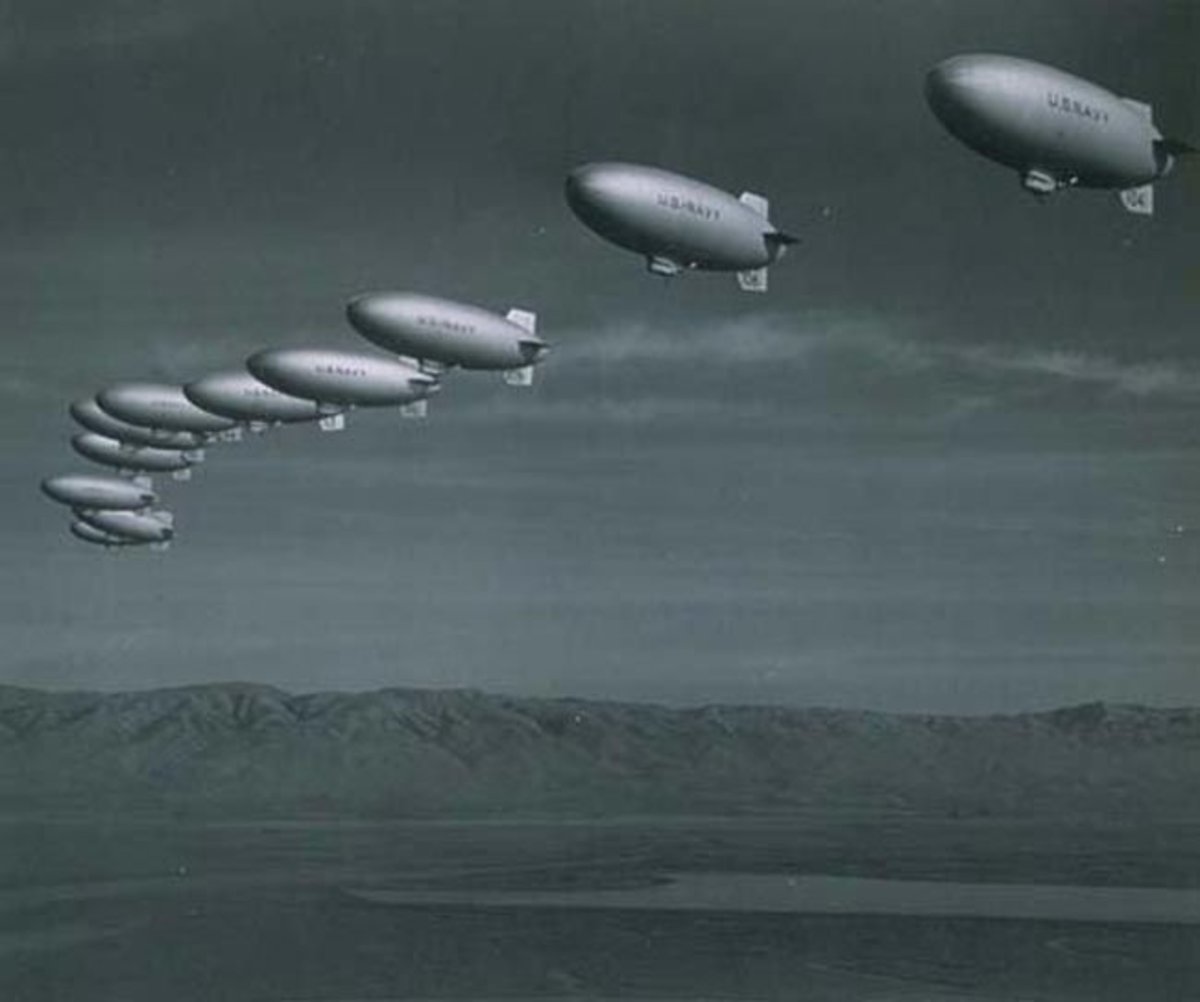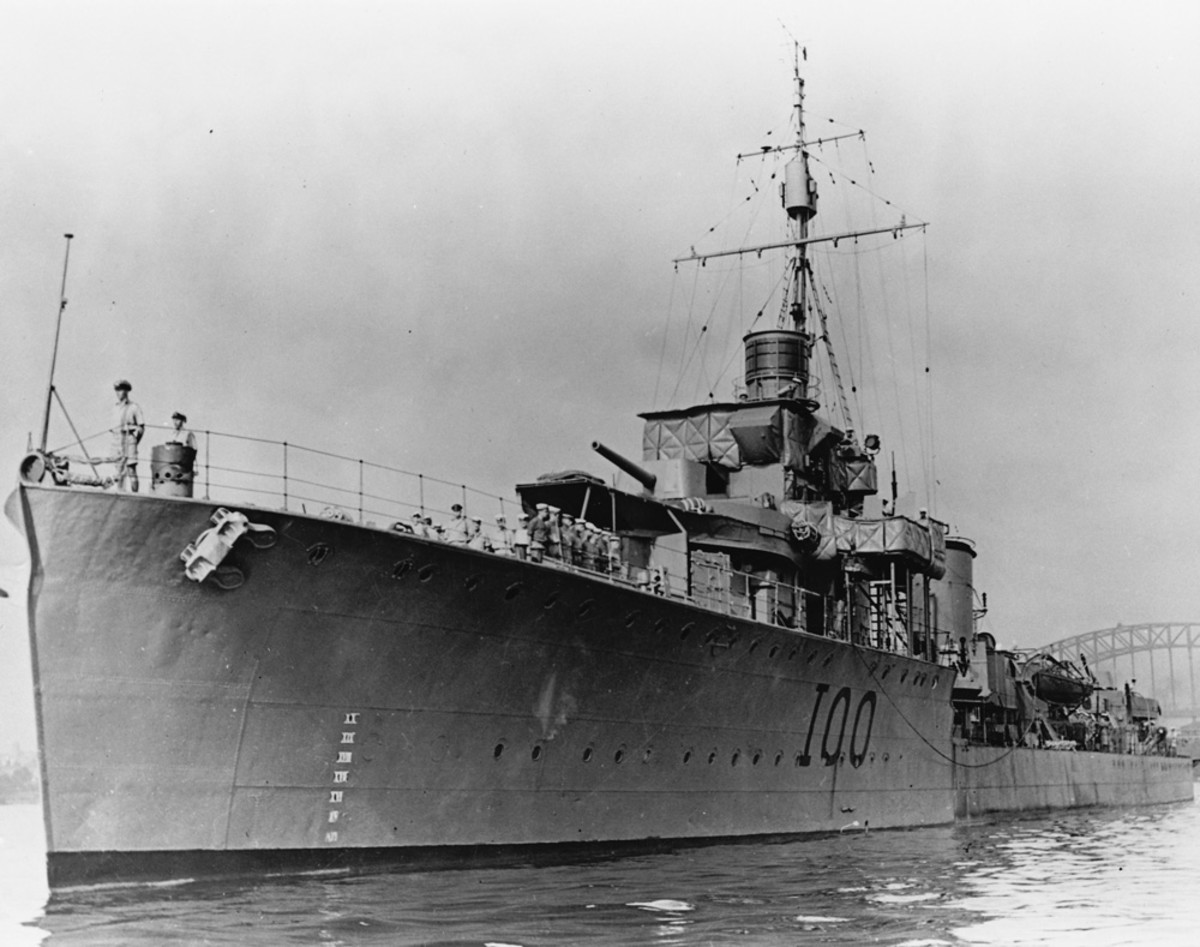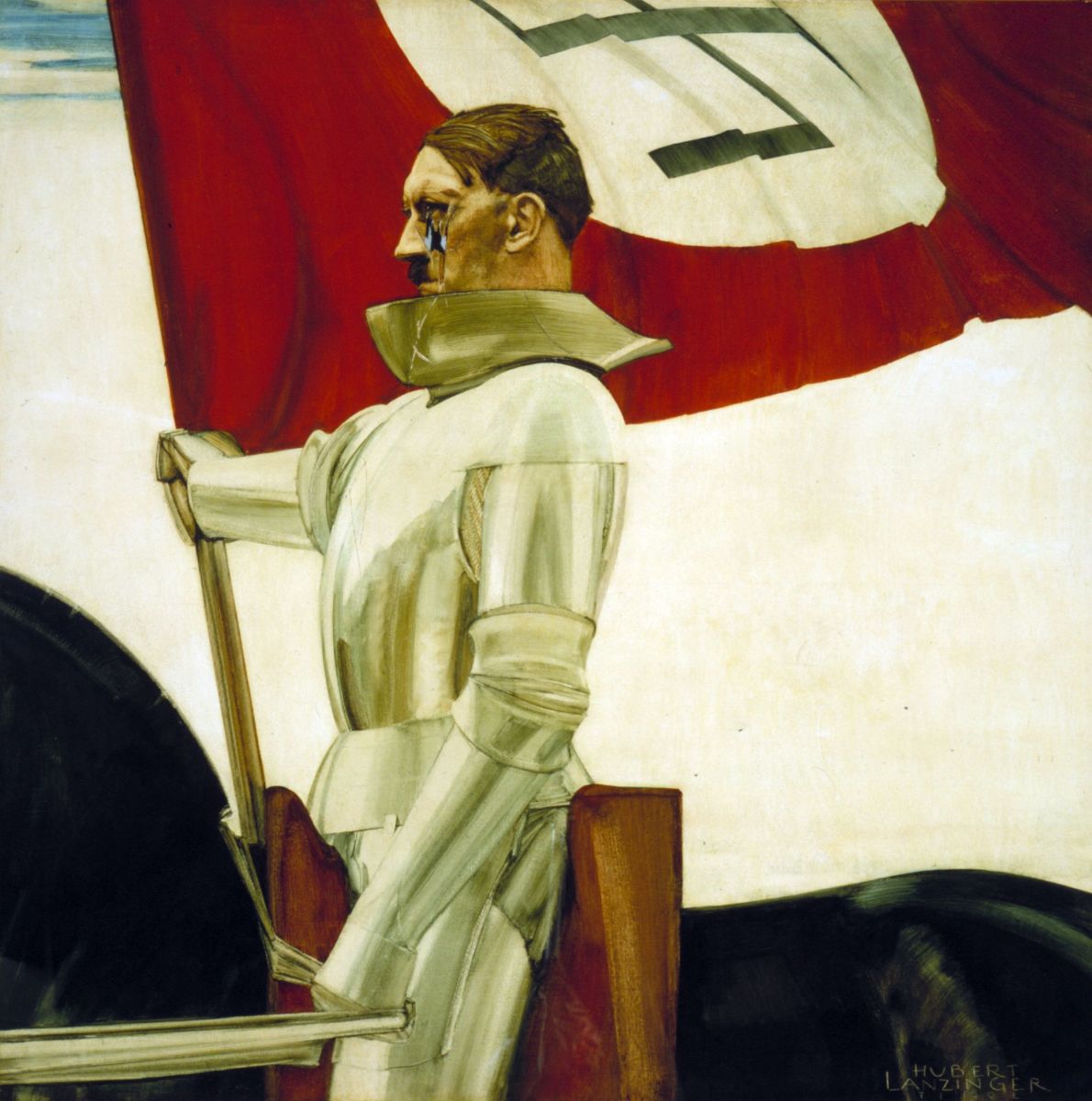- HubPages»
- Education and Science»
- History & Archaeology»
- History of the Modern Era»
- Twentieth Century History
Navajo Code Talkers in World War II
Using Navajo Language to Communicate Securely on the Battlefield
The 2002 movie, Windtalkers, staring Nicholas Cage, is a story about Navajo Indians serving in the Marine Corps in the Pacific theater during World War II.
These members of the Navajo Nation made a unique contribution to the war effort by working in battlefield communications transmitting critical battlefield information to fellow Marines of Navajo descent using a code based upon the Navajo language.
The beauty of this code was that the Navajo language is not only not a written language but it was also unknown to the Japanese which made it impossible for the Japanese to break the code or understand the language it was in.
Hub 21 for 30 Hubs in 30 Days Challenge
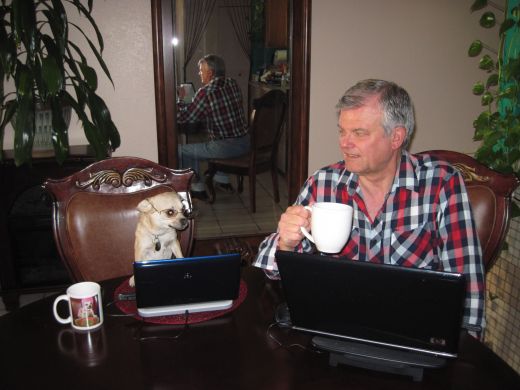
Code Talkers Were Relatively Unknown Until Recently
The movie was a big hit, in part because it dealt with a little known aspect of World War II. In addition to being great entertainment, the movie also helped to raise the nation's consciousness about these men and the contribution that they made.
Despite the critical role that these Navajo Marines played in the war, they were relatively few in number and their service was but one of many critical contributions that led to the Allied Victory in World War II.
This, plus the fact that, like the rest of their comrades in arms, the Navajo men who served as code talkers, looked forward to going home and resuming their lives once the war was over.
Navajo Code Talker Exhibit at Arizona Military Museum
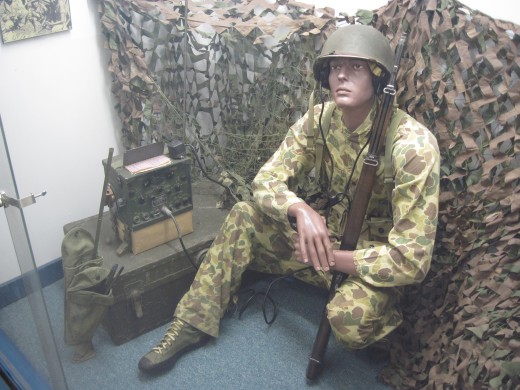
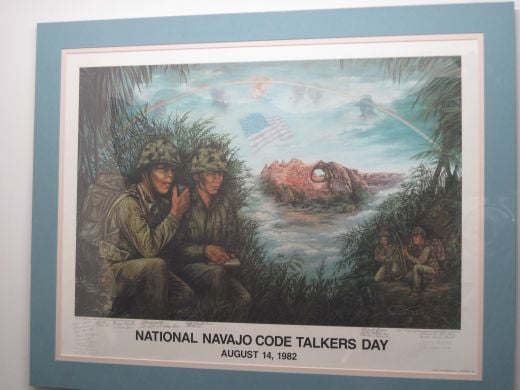
They had served their country in her time of need and were happy to have survived the terrible ordeal of war. Like most soldiers at the end of a war they just wanted to forget. Reminiscing about their youthful experience as warriors could wait until they had grandchildren.
Also, to a certain extent, they were sworn to secrecy as the code they used, but not their role in the war using the code, was classified as a military secret.
However, the use of Navajo code talkers in World War II and the role the code talkers played was known after the war and before the declassification of the code in 1968. I remember reading about them in as a young child in a book about American Indians. There was also the 1959 movie. Never So Few, in which Charles Bronson played the role of a Navajo code talker.
The Navajo code talkers didn't just communicate by radio with each other on the battlefield in the Navajo language but, rather spoke in Navajo using a military code and it was the code they used that was classified as a military secret until 1968.
Navajo Code Talkers on Island of Saipan in 1944
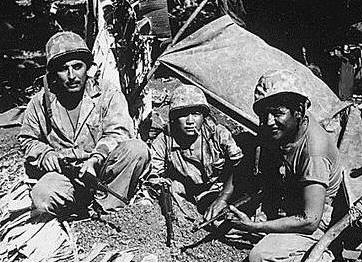
Message First Translated into Navajo and Then Coded
English, even at the time of World War II, is a very common language and it is either the first or second language of a large portion of the world's population.
Thus, it was fairly easy for members of the Japanese military to decipher American battlefield codes which gave the Japanese an advantage as there were far fewer Americans fluent in Japanese than there were Japanese fluent in English.
It is important to emphasize that the messages that the Navajo code talkers sent and received, were first translated into Navajo and then encrypted before transmitting. Upon receipt the message was decrypted in Navajo and then translated from Navajo to English.
My Wife Bella With Next to Cassing of "Fat Boy" Atom Bomb Similar to One Dropped on Nagasaki

The Story of Sargent Joe Kieyoomia
Thus, merely knowing the Navajo language, even being fluent in Navajo as ones first language was not sufficient to understand the message.
This fact was proved by the experience of Army Sargent Joe Kieyoomia, a Navajo who had enlisted in the U.S. Army before World War II and was stationed in the Philippines at the time World War II began.
According to his biography in WikiPedia, Sargent Kieyoomia was taken prisoner when Japanese forces invaded the Philippines.
Sargent Kieyoomia was among those who survived the infamous Bataan Death March as well as survived both as a prisoner of war during the entire war and being held in a Japanese prisoner camp in the city of Nagasaki, Japan when the United States dropped an atomic bomb on that city (the first atomic bomb used in war was dropped on Hiroshima on August 6, 1945 and the second on Nagasaki three days later on August 9, 1945).
Atomic Bomb Exploding Over Nagasaki August 9, 1945
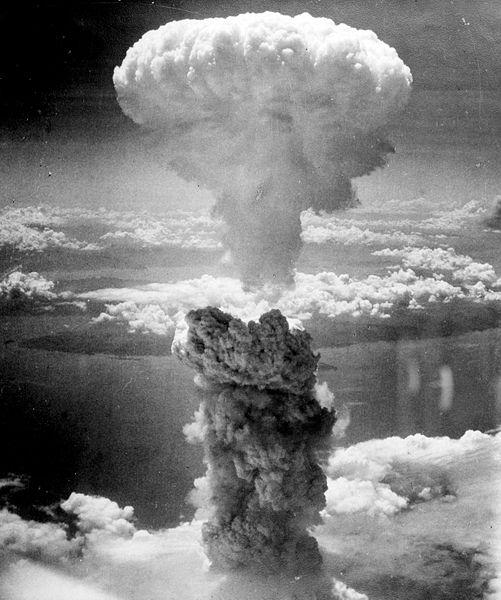
As if this were not enough, Sargent Kieyoomia was twice tortured
extensively during his captivity. When he was first captured, his
captors thought he was a Japanese American and tortured him for being a
traitor to his race. This ceased once he was able to convince them that
he was a Navajo and not Japanese.
As the war progressed and the
Japanese learned the U.S. Marines were using Navajos speaking Navajo to
send battlefield messages, they tortured Sargent Kieyoomia again in an
attempt to get him to break the code for them.
While he could translate Navajo for them, Sargent Kieyoomia was not able to break the code as he was not trained in cryptography. Thus, the code remained secure despite the Japanese having a Navajo prisoner of war.
Sargent Kieyoomia was freed at the end of the war and returned home to the United States where he lived until his death in 1997.
Navajo Not the Only Language Used for Battlefield Communication
While Navajo code talkers appear to have been used only by the U.S. Marine Corps in the Pacific Theater of War during World War II, members of other tribes were used sporadically by the U.S. Army in Europe and the Pacific to send messages in their languages.
The U.S. Army also used Basque speakers (a number of which had migrated from the Basque area of Spain and France to the United States and had retained their native or their parent's native language). Like the Native American languages, Basque is both a somewhat unique language as well as a little known among non-native speakers.
Links for Further Reading
- World War I Choctaw Code Talkers
Since the 2002 movie, Windtalkers, staring Nicholas Cage, most people have been made aware of the role played by the famous Marine Corps Navajo code talkers. These were Navajo Indians from Arizona who joined... - Code talker - Wikipedia, the free encyclopedia
WikiPedia article on Navajo Code Talkers - Joe Kieyoomia - Wikipedia, the free encyclopedia
WikiPedia biography of Sgt Joe Kieyoomia

